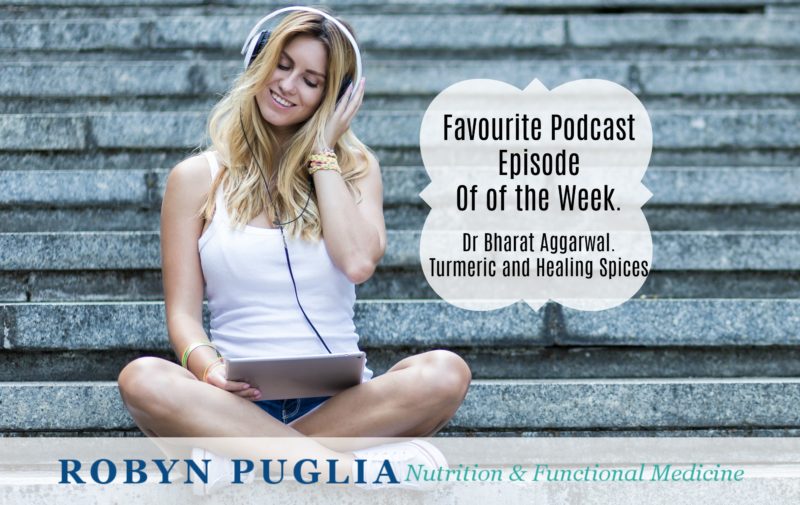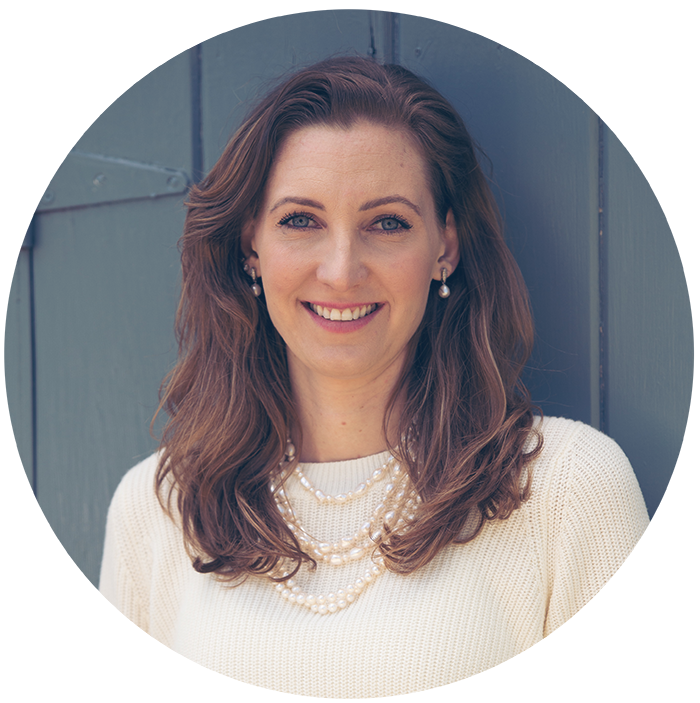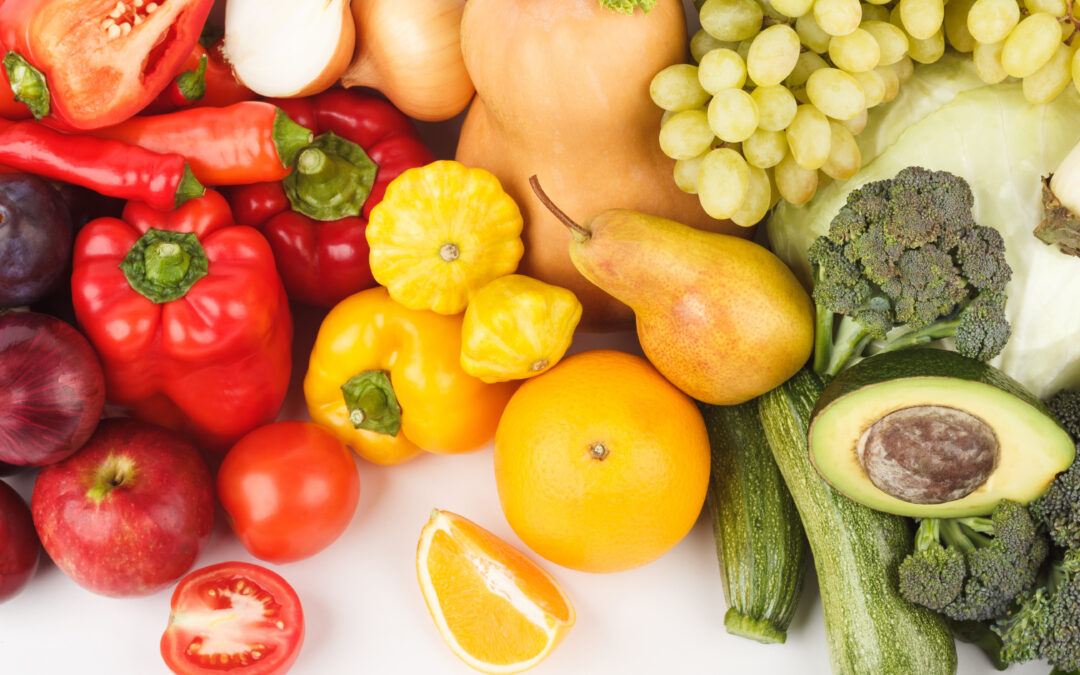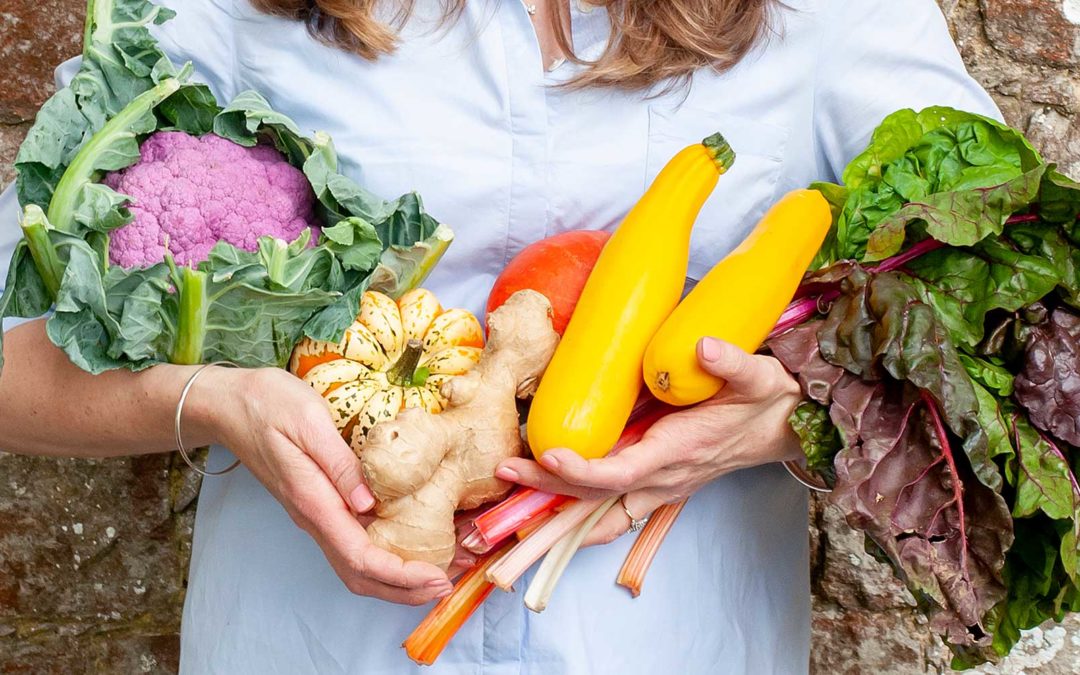Hello hello! Happy Friday. It’s time once again for Fun Find Friday, where I share my favourite finds from the week.
Last Friday, I had to drive for 3 hours through heavy traffic, to get to a conference centre that I was lecturing at over the weekend. So we all know how much fun that is and I don’t know about you, but listening to music in the car doesn’t really do it for me.
So, I decided to use the opportunity to catch up on my podcast listening and I am SO happy that I did that. The time flew by, I was almost disappointed to arrive, and I learned a ton of interesting info!
I am going to focus on a single podcast episode today.
My friend and colleague Ben, has one of the first UK-centred podcasts. I have mentioned his podcast before and also his book.
Well, in one of his most recent episodes he interviewed one of the leading researchers on turmeric, curcumin and the health-benefits of spices in general, Dr Bharat Aggarwal.
Listen to the Podcast. Dr Bharat Aggarwal. Turmeric Absorption and Healing Spices.
The media is totally saturated with info on the anti-inflammatory benefits of turmeric, recipes for golden milk and the wonders of the ‘active ingredient’ in turmeric, curcumin! The Industry has also come up with a bunch of super-curcumin supplements, liposomal, super absorbed, bioavailable etc etc etc.
It’s actually one of the reasons I am writing about this episode. I wondered why Ben would visit a topic that was so well travelled. Instead of flogging a tired horse however, I learned a lot and I found it super interesting!
Here are some of the highlights of the episode for me:
- It’s not all about curcumin. You often see written that curcumin is the active ingredient in turmeric. Well, turns out that there are more than 200 different bioactive compounds in turmeric.
- Not just that, but curcumin-free turmeric performs just as well in the studies around attenuating inflammation than regular turmeric.
- Bioavailablility may not be all it’s purported to be! Many nutritional supplements heavily market their product based on the concept that their specific form is more bioavailable. Eg combined with Bioperine, or liposomal forms. But, if you don’t do any kind of bioavailablity compounding, turmeric is AS EFFECTIVE. Possibly more so, because it doesn’t have a compound attached to it to prevent it from being utilised by all the tissues and pathways that normally snap the natural turmeric compounds up. Turmeric works, all by itself. It doesn’t need to be made ‘more bioavailable’ to be effective. There also doesn’t appear to be any head to head studies between the curcumin products and whole turmeric to demonstrate improved outcomes.
- The use of other spices which are synergistic, may enhance the effects of turmeric, and this is the way that turmeric has been used traditionally for centuries. This aligns with how we know foods often work anyway. Each food is complete within itself. Turmeric works just fine alone. However, foods have best friends, and we also find that when you combine certain foods – eg tomato and olive oil, you get an enhanced action of the compounds in the food. Turmeric pairs well with black pepper, or with whole organic milk or yoghurt.
- Personalised medicine tells us that the optimal amount of turmeric differs from person to person. So play around and see which dose seems to suit you best. If you have an existing inflammatory issue, eg rheumatoid arthritis, you will likely need more.
- Don’t focus on just a single spice. Even curcumin. We should all be eating as many different herbs and spices as possible.
An important take home message.
And I think that one of the most important take-away messages from this episode is this. When it comes to plants, phytonutrients and herbs and spices, less of more is more. What do I mean? I mean that I think it’s a big mistake to isolate a single compound from a beneficial food and try and use it like a drug. Plants have a multitude of chemical compounds that all work synergistically, and when in a whole compound they are able to exert multiple benefits down multiple pathways. We lose that magic when we try to focus on just a single chemical from the symphony.
Also, just focusing on a single plant and eating or consuming that in high doses may not be the best strategy either. Our body does best when we consume low levels of as many different types of plant and phytonutrient as possible.
It’s so easy for us to get stuck in food ruts. Especially when we are sick, tired or busy. Which if you are reading my website and various musings I am going to assume you are (or related to me. Hi Mum!).
There is a whole world of herbs and spices available to us now. And using them in our food and cooking not only opens up the world to us in the context of flavour and variety for the palate – think Thai curries, moroccan spice rubs, rich baltic sauces and delicious Masala teas, it also has the effect of turbo charging the nutrition and health benefits of the foods we eat. Spices and herbs also have the distinct advantage of being inexpensive and very widely available.
When it comes to phytonutrients from plants, 1+1 actually equals 10. And 1+1+1+1+1 = 100.
Here are some of the changes I have made, since listening to this podcast.
- Most obvious, I took stock of my herbs and spices. I do use these loads, we are not a salt and pepper family, but I definitely have my favourites that I use most often and there are definitely some that I never use.
- I have made a commitment to incorporating new and unusual spices where possible and to spending more time finding and trying spice mix recipes. Eg, using nigella, star anise or kaffir lime leaves, or just some of the herbs that I really don’t, like tarragon, which is never in my rotation but for no real reason other than it’s not familiar to me. I don’t think that incorporating them needs to be difficult, just added to soup, salads, dressings, roasted veg or simple proteins will be an easy way to start.
- I have bought Dr Agarwaal’s book as a starting point, for interest. There are many books on the subject on Amazon, I also have lots in my reference library already about phytonutrients, and I think the books I will look into after reading this first one will actually be practical, recipe-based ones in this instance. Which is a deviation from my usual science-first way of thinking.
- I have started making a masala golden milk for the family to have before bed at night. My husband, who is not a fan of coconut milk or turmeric, loves it! And it’s actually a sweet little family ritual that we are now doing together, that signals the end of the day and the start of winding down. UltraViolet loves it as she really gets a kick out of us all drinking the same drink together, and also saying ‘golden milk’ repeatedly.
Lastly, remember that even though for the most part, the benefits we’re talking about from herbs and spices are related to anti-inflammatory mechanisms and similar internal pathways in the body, that these foods all count towards out plant-count and diversity, and so have a great positive impact on the diversity of the microbiome too. All roads always lead to the gut bugs.
With that, I wish you a wonderful weekend. And please do share with me your favourite unusual herb or spice, or even a recipe that you love using it if you can.






